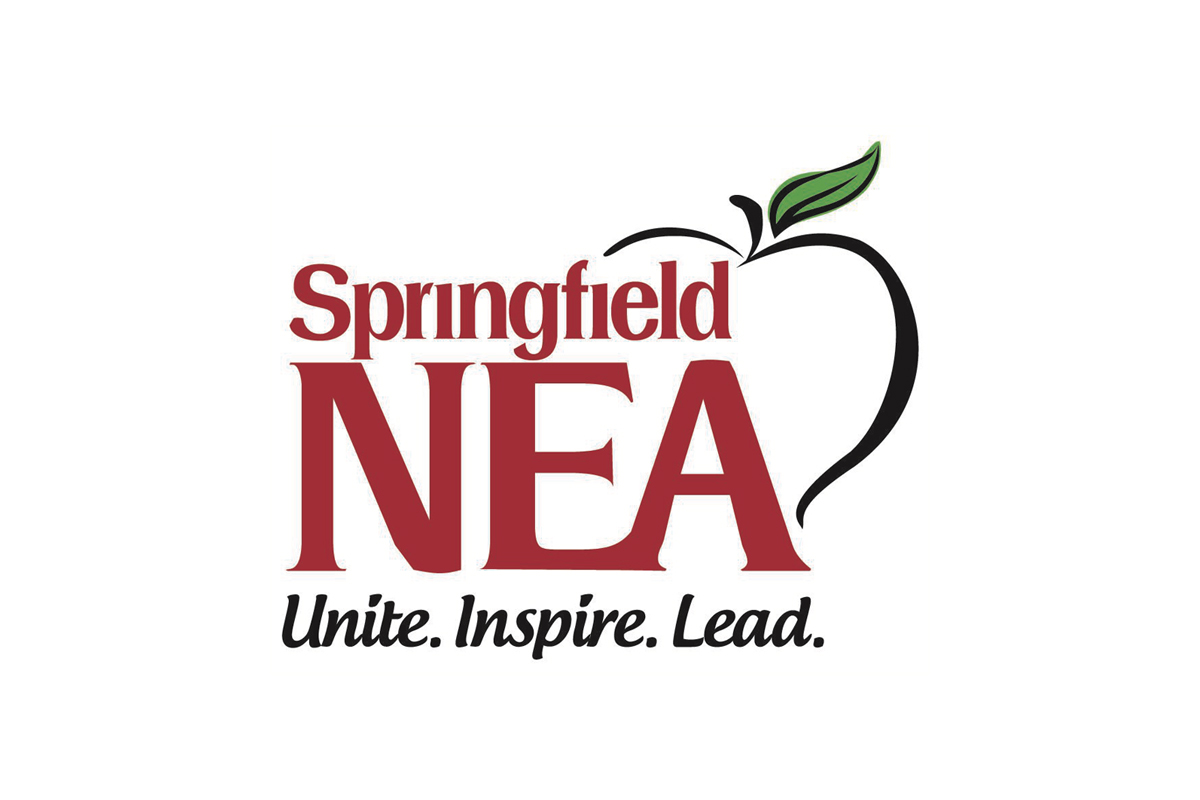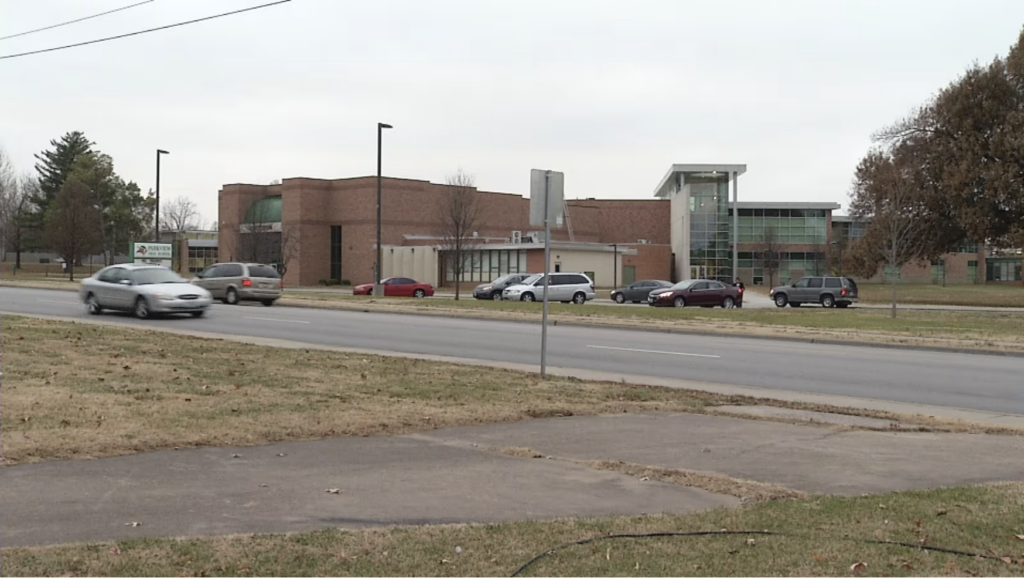
Why do you want to be a school board member? If elected, what will be your priorities?
I am driven to serve as a school board member because I believe in the pivotal role education plays in shaping our society’s future. My priorities align with creating an environment where quality learning thrives, emphasizing safe and conducive spaces for our students to excel.
My focus extends to honoring and empowering our educators and ParaProfessionals. They are the backbone of our educational system, and celebrating their contributions is crucial to our collective success.
Furthermore, I am committed to fostering success-ready students, ensuring they have the tools, resources, and support needed to thrive in their academic journey and beyond.
Unity and collaboration are at the core of my vision. Building a culture that embraces collaboration from the highest levels of the school system to its foundation is essential. This starts with a cohesive and united board of directors leading by example.
Lastly, I recognize the financial challenges ahead for Springfield Public Schools. Navigating these budgeting hurdles demands an entrepreneurial approach, and I am dedicated to exploring innovative solutions to ensure our schools continue to thrive despite these challenges.
I am committed to leading with integrity, advocating for academic excellence, and championing a safe and supportive learning environment for every student and teacher in our district.
What professional and community leadership experiences have prepared you to serve on the school board?
My professional journey as an entrepreneur in Springfield has been instrumental in shaping my leadership capabilities. Over the years, I’ve cultivated a successful track record, employing and leading hundreds of community members. In running a business with a diverse leadership team, our collective efforts drove notable achievements, emphasizing a team-centric approach that consistently delivered results.
Beyond the business realm, my commitment to the community extends to coaching youth basketball for over eight years. This experience goes beyond my own children’s teams, reflecting my genuine passion for the positive impact sports can have on our youth. The values instilled through athletics, such as teamwork, discipline, and resilience, align closely with my vision for our educational system.
I am currently a member of the Missouri State University Marketing Advisory Board along with other prominent community leaders and employers. This is MSU’s formal Advisory board that shapes their collegiate programs in the Marketing and Business Departments.
Additionally, my involvement in various nonprofit organizations’ boards of directors, including ‘Man Up and Go,’ underscores my dedication to community service. This particular nonprofit focuses on educating fathers about the critical role they play in leading their families and impacting the broader community.
These multifaceted experiences – from entrepreneurship to coaching and nonprofit governance – have equipped me with a diverse skill set, a deep understanding of community needs, and a commitment to collaborative leadership. They’ve primed me to serve effectively on the school board by bringing a wealth of perspectives and a dedication to creating a more inclusive, supportive, and successful educational environment for all students.
What is a school board member’s role and responsibility? How does that role differ from the role of the superintendent or administration?
Hire and Evaluate the Superintendent: One pivotal responsibility is selecting and evaluating the superintendent, ensuring leadership that aligns with the district’s vision and values.
Adopt Mission, Vision, and Goals: Playing a crucial role in setting the direction, it involves adopting the district’s mission, vision, values, and strategic plan, providing a roadmap for the educational journey.
Monitor Performance: Regularly monitoring and assessing the performance of the strategic plan ensures we stay on course towards achieving our goals and delivering quality education.
Fiduciary Oversight: With fiduciary oversight, ensuring responsible financial management becomes a priority, allocating resources effectively to support academic excellence and student well-being.
Policy Adoption and Review: Engaging in the adoption and review of policies, ensuring they reflect the best interests of the students, educators, and the community.
Community Representation: Serving as a liaison between the school system and the community, representing the public’s interests, and fostering open communication channels to ensure that community voices are heard and considered in decision-making processes.
- School Board Member’s role:
- Policy and Governance: School board members focus on policy creation, adoption, and review. They set the direction for the district, adopting mission statements, goals, and strategic plans.
- Representation and Oversight: They represent the community, ensuring that the district’s actions align with the community’s values and interests. They oversee the superintendent’s performance and the district’s adherence to policies and goals.
- Superintendent/Administration’s role:
- Executive Leadership: The superintendent is the district’s chief executive officer, responsible for executing the policies set by the board. They manage the day-to-day operations, implement educational programs, and oversee staff.
- Strategic Implementation: The administration translates the board’s vision into actionable plans, ensuring that educational objectives are met. They handle budgeting, staffing, curriculum development, and student support services.
In essence, the school board sets the vision and direction for the district, while the superintendent and administration execute these plans and manage the operational aspects. The board governs and represents the community, while the administration handles the execution and management of educational programs and services. Collaboration between these roles is crucial for the effective functioning of the educational system, with each contributing to the overall success of the district in distinct yet interconnected ways.
What are three (3) issues facing SPS—short and/or long-term? As a school board member, how would you address these issues?
Issue 1: Classroom Safety and Behavior
The pressing concern surrounding classroom safety and behavior demands a proactive approach. By engaging with similar districts facing similar challenges, we can learn from their successful strategies. Implementing proven methods to raise student behavioral expectations and enforce consequences for non-compliance will be a priority. Creating a quality learning environment is paramount, and we’ll work closely with stakeholders to ensure these expectations are met.
Addressing Strategy: Collaborating with district stakeholders and utilizing successful models from similar districts, we’ll implement evidence-based approaches to enhance behavioral expectations and consequences, fostering a safer and more conducive learning atmosphere.
Issue 2: Teacher Attrition and Attraction
Teacher attrition and attraction is a significant concern. Celebrating our educators and valuing their input and concerns will be pivotal. Providing necessary support through additional staff and robust behavioral frameworks will aid in retaining our valuable teaching staff.
Addressing Strategy: Prioritizing teacher appreciation programs, actively listening to their concerns, and implementing robust support systems, including necessary behavioral frameworks, will be key in retaining experienced and passionate educators.
Issue 3: Budgeting and Financial Challenges
The financial challenges, compounded by federal funding reductions due to “COVID funds” (ESSER FUNDS) and a decrease in student enrollment, necessitate an innovative approach. My entrepreneurial background uniquely positions me to tackle this challenge. Adopting an entrepreneurial mindset in budgeting and resource allocation will be crucial in navigating these financial hurdles.
Addressing Strategy: Applying entrepreneurial principles to identify innovative funding sources, maximize existing resources, and develop strategic partnerships will be essential. This approach will allow us to navigate budget constraints while safeguarding the quality of education offered.
In summary, my focus as a school board member will revolve around fostering a safe and conducive learning environment, supporting and retaining our invaluable educators, and employing an entrepreneurial perspective to address the district’s financial challenges. Collaboration with stakeholders, adopting successful strategies, and leveraging innovative approaches will be at the forefront of our efforts to ensure the success and prosperity of Springfield Public Schools.
Describe how you will use community engagement, collaboration, and communication in
your decision-making process.
Community engagement, collaboration, and communication are fundamental pillars that shape my decision-making process as a school board member. Recognizing the significance of diverse perspectives and the collective wisdom of our community, I aim to foster an inclusive environment where all voices are heard, valued, and integrated into the decision-making process.
Community Engagement: I am committed to actively engaging with various community stakeholders, including parents, educators, students, local businesses, and civic organizations. Through town halls, forums, surveys, and open dialogue sessions, I seek to understand the diverse needs, concerns, and aspirations of our community members regarding our educational system.
Collaboration: Decision-making is not solitary but collaborative. I believe in working closely with fellow board members, district administrators, educators, and community leaders. By leveraging collective expertise and diverse viewpoints, we can formulate comprehensive solutions that address multifaceted challenges facing our schools.
Communication: Transparent and effective communication is key. I am dedicated to fostering open lines of communication, ensuring that information is accessible and understandable for all stakeholders. Regular updates, clear explanations of decisions, and opportunities for feedback will be integral components of my communication strategy.
Decision-Making Process: In every decision, community engagement will be at the forefront. I will actively seek input from stakeholders, considering their perspectives and insights. Collaborative discussions and brainstorming sessions will occur to explore innovative ideas and solutions. Transparent communication channels will then disseminate information about decisions made, rationale behind them, and avenues for continued feedback.
By weaving community engagement, collaboration, and transparent communication into the fabric of my decision-making process, I aim to foster a culture of inclusivity, trust, and collective ownership. Together, we’ll ensure that decisions made on the board reflect the diverse needs and aspirations of our community while driving positive change and progress in our educational system.
In what ways will a quality education for all students be your top priority when considering policy decisions? Site specific examples.
“Prioritizing a quality learning environment for all students drives my policy considerations, centering on three key pillars:
1. Classroom Safety and Behavior Expectations:
Policies promoting a safe and conducive classroom environment are paramount. I’ll advocate for clear behavior expectations with meaningful consequences. Implementing evidence-based strategies learned from successful districts will guide policies that foster respectful behavior and ensure consequences for non-compliance. This includes initiatives for conflict resolution, anti-bullying measures, and clear progressive consequences.
2. Teacher Support for Classroom Learning:
Supporting teachers through dedicated support staff and resources is vital. Policies directed at providing necessary support within the classroom will be a priority. This involves ensuring adequate support staff, such as aides or counselors, to address behavioral challenges, thereby allowing teachers to focus on effective instruction. Additionally, advocating for resources like professional development programs tailored to handling classroom dynamics will bolster teacher efficacy.
3. Policies for Success-Ready Students:
Policies shaping success-ready students will be at the forefront. Focusing on evidence-based policies with a proven track record of nurturing success-ready students will guide decision-making. Emphasizing early intervention programs, personalized learning approaches, and mentorship initiatives will be integral. Additionally, advocating for policies that bridge achievement gaps and provide equitable access to resources like advanced placement courses or extracurricular opportunities will be a priority.
By championing policies that revolve around these three pillars, we’ll create an environment conducive to learning, supporting teachers, and fostering success-ready students. Every decision will be weighed against its potential to contribute to a safe, nurturing classroom, support for educators, and policies that best prepare students for success.
How would you encourage collaboration and partnerships between schools, businesses, and community organizations? Site specific examples.
1. Internship and Apprenticeship Programs:
Initiating partnerships with local businesses to establish internship and apprenticeship programs for high school students. Bringing community leaders into classrooms to kick off these programs by sharing their experiences and outlining opportunities available within their organizations. For example, inviting CEOs or industry professionals for career talks to inspire students and lay the groundwork for future internship opportunities.
2. Mentorship Initiatives:
Developing mentorship initiatives by inviting community leaders to engage in mentorship sessions. Organizing ‘Leadership Days’ where community leaders spend time with students, sharing insights, offering guidance, and providing inspiration. Pairing students with these leaders for ongoing mentorship programs to foster personal and professional growth.
3. Community Service Projects:
Collaborating with community leaders and organizations for impactful service projects. Inviting these leaders to participate in community service initiatives alongside students, emphasizing the importance of giving back. For instance, partnering with local NGOs or civic groups for cleanup drives or community improvement projects, with community leaders actively involved as role models for civic engagement.
4. Inviting Community Leaders to Special Events:
Hosting special speaking events where community leaders are invited to share their experiences and insights with students. Organizing panel discussions or seminars featuring these leaders, providing students with exposure to diverse perspectives and career paths within their community. This introduction can spark interest and lay the groundwork for deeper collaborations.
By inviting community leaders into classrooms and special events, we not only introduce students to potential opportunities but also create a direct connection between education and the community. This engagement serves as a catalyst for future partnerships, inspiring students and building bridges between schools and the diverse array of opportunities present within Springfield.
What is the best way to address differences of opinion on the board or between the board and the administration?
Embracing diverse viewpoints is crucial for a successful board dynamic. Prioritizing collaboration and fostering mutual respect among all members forms the bedrock of effective governance. Board meetings serve as a platform for constructive discussions where varying opinions enrich decision-making processes. While unanimity might not always be achievable, nurturing an environment of constructive and respectful dialogue during public discussions before formal votes is pivotal.
Recognizing and valuing differing perspectives within the board and in interactions with the administration cultivates a robust decision-making framework. This approach ensures that discussions are inclusive, allowing for comprehensive exploration of ideas and viewpoints. Constructive dialogue not only showcases the diversity of thoughts and experiences but also underscores the commitment to transparent decision-making processes, allowing the community to witness the board’s thoughtful considerations before formal actions are taken.
What strategies would you support to recruit and retain high-quality teachers?
Recruiting and retaining high-quality teachers is imperative, and key strategies must revolve around ensuring a safe and conducive classroom environment, competitive compensation, and robust support systems.
1. Prioritizing Classroom Safety and Behavior Expectations:
Addressing teachers’ concerns about classroom safety and behavior expectations is paramount. Implementing clear, consistent behavior expectations and consequences is crucial for fostering a safe and productive learning environment. This involves developing and enforcing policies that support teachers in managing classroom dynamics effectively.
2. Competitive Compensation and Benefits:
Being more than competitive in teacher pay and benefits is essential. Ensuring that educators are fairly compensated for their dedication and expertise not only attracts top talent but also demonstrates a commitment to valuing their contributions. This could involve regular salary reviews, performance-based incentives, and comprehensive benefit packages to attract and retain quality teachers.
3. Allocating Budget for Para-Professional and Support Staff:
Recognizing the importance of support staff in enabling teachers to focus on instruction, allocating budgetary resources for para-professional help and support staff is crucial. This could involve hiring aides or support personnel to assist with administrative tasks, classroom management, or individual student support, allowing teachers to concentrate on delivering quality education.
By addressing these key areas—ensuring classroom safety, offering competitive compensation and benefits, and providing adequate support staff—we create an environment that attracts and retains high-quality teachers. These strategies not only demonstrate our commitment to teachers’ well-being and professional growth but also contribute to an environment where educators feel empowered to excel in their roles.
What can be done to improve student achievement and ensure everyone who graduates is success-ready?
1. Attracting and Keeping Quality Educators:
Enhancing student achievement begins with recruiting and retaining exceptional educators. This involves offering competitive compensation, professional development opportunities, and supportive work environments. Encouraging mentorship programs, recognizing outstanding teaching practices, and providing career advancement pathways can attract and retain quality educators committed to student success.
2. Clear Behavior Expectations and Conducive Classrooms:
Establishing clear behavior expectations and consequences is pivotal. By creating a disruption-free classroom environment, students can better focus on learning. Providing training and support for educators in effective classroom management strategies helps maintain an environment conducive to learning, empowering teachers to effectively address behavioral challenges.
3. Community Engagement for Comprehensive Opportunities:
Engaging the community beyond “choice programs” is crucial. This involves collaborating with local businesses, nonprofits, and community leaders to offer diverse opportunities that complement traditional education. Initiatives like apprenticeships, mentorship programs, and partnerships with local industries create avenues for all students to explore various career paths and gain practical skills beyond the classroom setting.
Ensuring access to these community-driven opportunities levels the playing field for all students, irrespective of their backgrounds or chosen educational paths. By promoting community engagement and providing a conducive learning environment supported by quality educators, we pave the way for every graduate to be success-ready, equipped with the skills and experiences needed for their next level of success.



